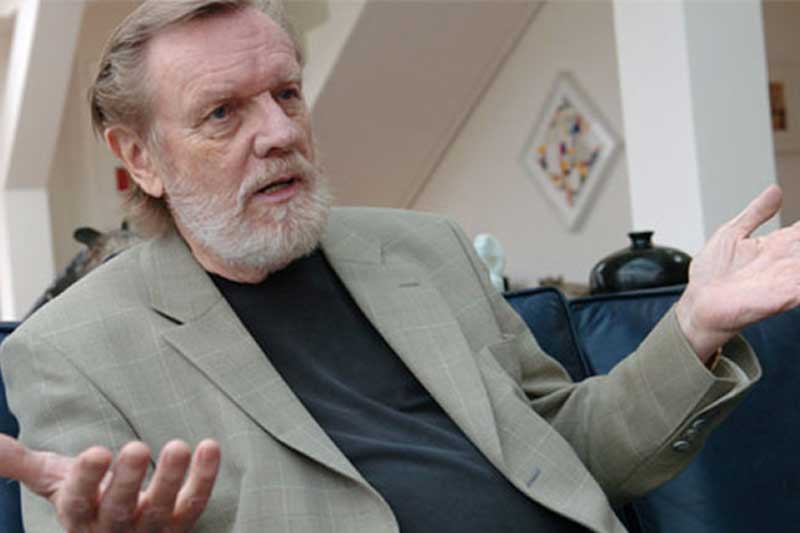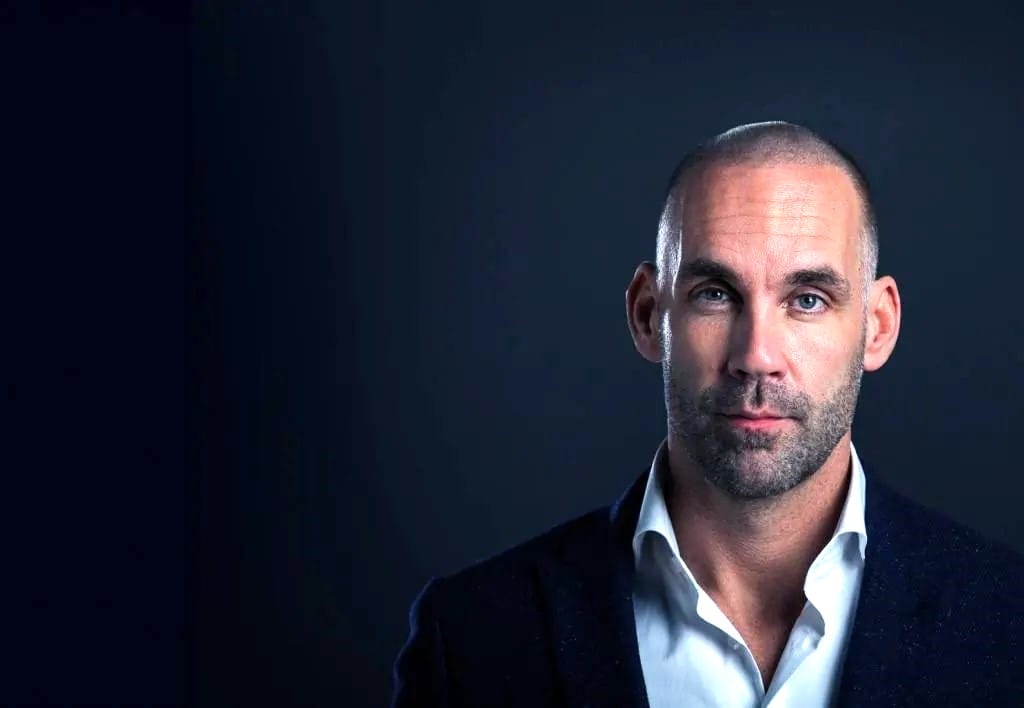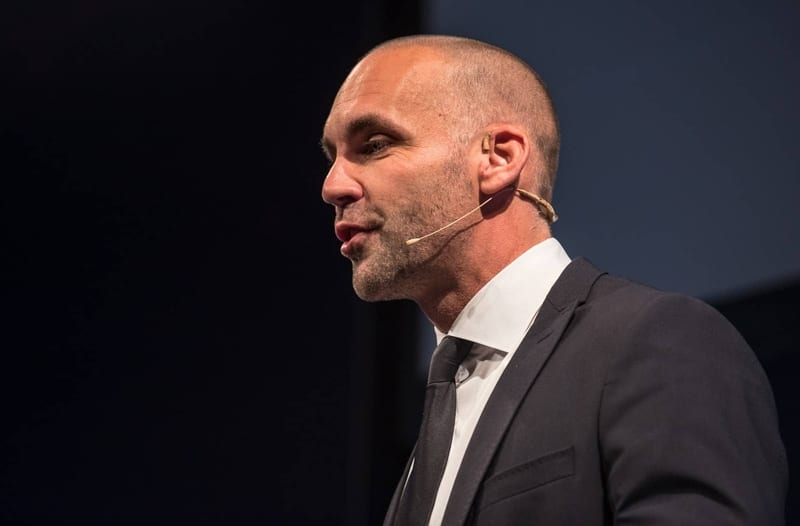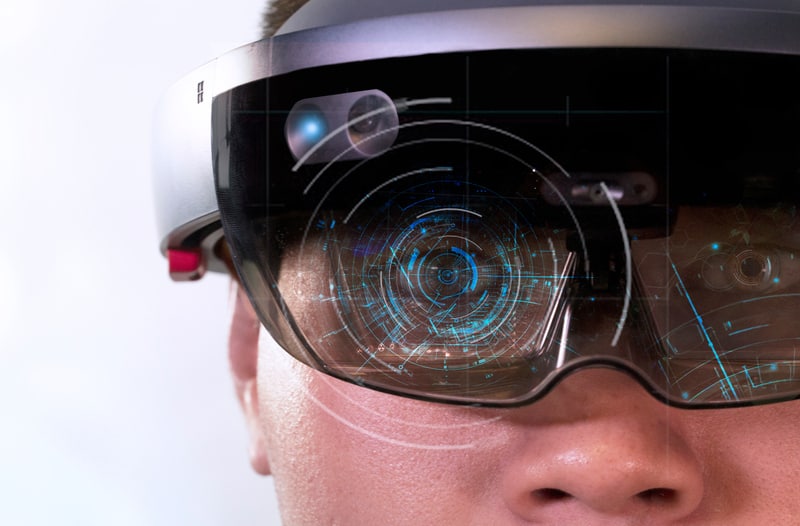- Studying articles to understand the present and projecting the findings into the future
- High tech and the human touch reinforcing each other
- Biology and medicine rising above electronics as the frontiers of innovation
- A global economy reshaping our world
- Envisioning our self-help society
- From hierarchies to networks and from office to home
- A move to the south and west: the explosion of Silicon Valley
If you keep up with futurism, you probably have read a book by John Naisbitt. But in case you haven’t, he’s a visionary futurist whose work continues to influence millions. His career as a popular trend watcher began in 1982 with the publication of his international super-hit, Megatrends. It went on to sell more than 14 million copies and dominated the New York Times’ Bestseller list for two years. His trend watching hasn’t stopped there. In 2010, many books later, he published China’s Megatrends: The 8 Pillars of a New Society, exploring how China’s social, political, and economic development is reshaping the 21st century. Time will tell about his latest predictions, but a closer look at the trends he identified in the 80s reveals that his vision is still as powerful now as it was 35 years ago. That’s what successful trend watching is all about!
Studying articles to understand the present and projecting the findings into the future
Naisbitt was born in Salt Lake City, Utah in 1929, and educated in political science at Harvard, Cornell, and the University of Utah. It’s clear to see that his education in the social sciences influenced his approach to futurism and trend watching. Though he began his career in technology at IBM and Eastman Kodak, he quickly moved to politics with an appointment as assistant to the Commissioner of Education by President Kennedy. Disturbed by the social and political violence of the 60s and 70s, beginning with Kennedy’s assassination, he began investigating societal trends to explore patterns and draw conclusions. His method was intuitive: he studied newspaper articles to better understand the present and project what he found into the future.

High tech and the human touch reinforcing each other
Naisbitt predicted the rise of automation, insisting that the ‘guest workers’ of the future would be machines. He also saw the possibilities for super high tech such as artificial intelligence. Of course, he wasn’t alone. 2001: A Space Odyssey introduced the world to the possibilities of artificial intelligence in 1968. But his genius was to see the sense in which tech could never replace human beings. As the sophistication of our creations increased, he predicted, we’d need even more of the human touch, and as our gadgets became more powerful, we’d still want a flesh-and-blood connection. It’s easy to see what he means. Remember the last time you called your bank or credit card company and had an automated response coldly confuse your questions? Or those tiresome chatbots that are supposed to offer customer service? Naisbitt predicted your frustration. Especially when we’re irritated or overwhelmed, we want the easy understanding, compassion, and human touch of a living, breathing person who cares.
Biology and medicine rising above electronics as the frontiers of innovation
If you’ve followed advances in bio- and neurotech, you know that companies like Philips are researching thought-controlled appliances for the disabled and that Theodore Berger and his team at the University of Southern California are developing brain implants that can restore or create new memories. And Daan Roosengaarde, a Dutch inventor, is playing with the genes of plants and jellyfish in the hopes that he can light the nights of our future with softly glowing trees. But just getting plants to glow like streetlights is only the beginning. For instance, by modifying the genes of plants, experiments have shown that they can be repurposed to alert us to the presence of explosives or weapons of mass destruction. And DARPA’s ELM project is exploring how we can use living building materials to transform green construction and provide a sustainable future. Biology is the new frontier. This is truly mind-bending tech that re-imagines life as a tool. It’s fair to say that Naisbitt’s prediction was spot on; whether we think about cancer research, feeding the hungry, or lighting our streets, biology is quickly replacing silicon as the technology of choice.
A global economy reshaping our world
It’s easy to take for granted, but in 1982, globalisation wasn’t even a blip on people’s radar. Naisbitt, however, saw that the world was getting smaller and flatter before it did, predicting the global economy that’s reshaping our world. From global competition for jobs to the international flow of goods and services, he saw the increasingly interconnected future before it happened. He also predicted that the massive increase in information would change how people related to one another and their leaders.
Envisioning our self-help society
Technology, Naisbitt saw, was changing the relationship between people and traditional authority and institutions. When he was offering his predictions, the idea of a crowd-sourced encyclopaedia like Wikipedia was unimaginable. And that peer-to-peer learning platforms would soon dilute the influence of traditional centres of learning was laughable. But now, millions turn to online tutorials and crowd-sourced encyclopaedia. And the value of traditional university degrees, for instance, is declining as a rapidly evolving skill set is expected from employees at all levels. Teaching yourself to learn is the new degree – not a soon to be obsolete skill.
From hierarchies to networks and from office to home
Naisbitt also recognised that the information age, skill obsolescence and the need for small, flexible teams would reshape organisations in everything from government to business. The old system was about controlling people and managing employees in a rigid hierarchy. But the future, he thought, was about unleashing potential by freeing information and making the best use of talent by setting them free as well. In this sense, Naisbitt forecast the decline of middle-management and the death of the information silo. He saw that the workers of the future – whatever their work – would need to be empowered to make the most of the information they gather and the skills they possess.
The growing trend of flexible work was also identified by Naisbitt. It’s not just rigid hierarchies that are falling by the wayside – it’s rigid expectations about work, too. Whether we’re talking about long hair, flexible hours, extended maternity and paternity leave, or just open offices and more greenery, Naisbitt’s vision was about more choice, more diversity and more possibility. No longer a question of this or that, he thought we’d be able to have it all.
A move to the south and west: the explosion of Silicon Valley
When Naisbitt was forecasting the future, the northern US dominated business in the country. But he saw the coming changes clearly – a move to the south and west. He put his money on California, Texas, and Florida, and was largely correct, as the tech explosion in Silicon Valley and Austin demonstrate. But if we take his prediction a step farther, applying it globally, we can see the increasing importance of the global south – places like Banglore, India – in the tech economy. Naisbitt has now turned east for inspiration, exploring China to understand how the 21st century will develop.
Naisbitt’s work has proven visionary, predicting the trends that shape the future more than three decades before they came to pass. Now, he thinks that China offers the path forward, an alternative to the west; economically, politically and socially. Time will tell if his newest forecast will be as accurate as his last ones.







